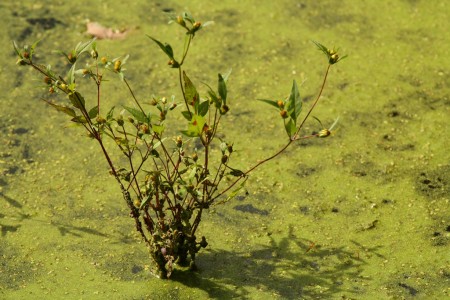The Age of Stupid is a poignant and timely film, based around the conceit of sending a warning to people today through fictional retrospective, based on real climatic science and the consequences of continued inaction. It forcefully conveys the point that climate change is the overwhelming moral and political issue of this era. If we deal with it, other things will have importance; if we allow runaway climate change to occur, it will eclipse any other failures. The film is a good example of climate change art, and should especially be watched by those who basically accept the science of climate change but don’t feel the level of motivation necessary to produce real change. It’s not about using fewer plastic bags – it’s about pushing for a new energy basis for human civilization. We need to take personal responsibility – and agitate for systemic change – in ways that go beyond the symbolic and the trivial.
The film makes a number of key points in a convincing and accessible way. Climate change must be managed internationally in a way that respects the importance of poverty reduction in the developing world, as well as the vital point that the pattern of fossil fuel-fired development followed in the West cannot be repeated (contraction and convergence). It stresses how lags in the climate system mean we need to take decisive action long before the full consequences of our choices become visible. On one critical point, the film is both clear and correct: we simply cannot burn all the remaining fossil fuels. There is a maximum level, corresponding at the very most to the lower threshold of runaway climate change. We need to work out what that amount is, and then find a way to divide it among all of humanity, cutting to zero before we exceed it.
The film also stresses how air travel really cannot be part of a sustainable future, when one long flight represents three years’ worth of of acceptable total emissions for a single person, at the levels that need to become ordinary within the next few decades. Especially in the states where per capita emissions are highest (and where the deepest and fastest cuts must be made), we all need to be moving towards lives that do not include such extravagances.
The film also effectively conveys how foolish ‘Not in My Backyard’ (NIMBY) resistance to renewable energy projects really is. People who resist wind farms because they fear their views would be spoiled are completely failing to understand the scale of the challenge we face. While the film doesn’t make the point, the same might be said of those who have a knee-jerk hostile response to big dams, nuclear power, carbon capture and storage, etc. Indeed, it seems inevitable that people fifty years from now would watch this film with interest – either deservingly patting themselves on the back for having achieved a historic transition to zero-carbon energy, or ruefully kicking themselves after being reminded that the consequences of humanity’s selfishness and failure of think at scale were predictable in 2008.
One neat little detail capped off the presentation for me. During a montage showing a succession of years, overlaid with sound and video describing runaway climate change emerging and taking hold, someone around 2030 is quoted asking whether climate change is really happening or not. It is truly frustrating that the understanding of climatic science within the general population is so poor, and has been so effectively confused by the status quo lobby and the failure of individuals to show imagination and empathy.
The Age of Stupid didn’t leave me any more confident that humanity will be able to deal with this problem, but it did re-affirm my commitment to pushing for a sustainable outcome. That would be one that forever replaces the energy basis of our global society, shifting from one based on dwindling hydrocarbons – the by-products of which are wrecking the climate – to one that we can maintain forever.








